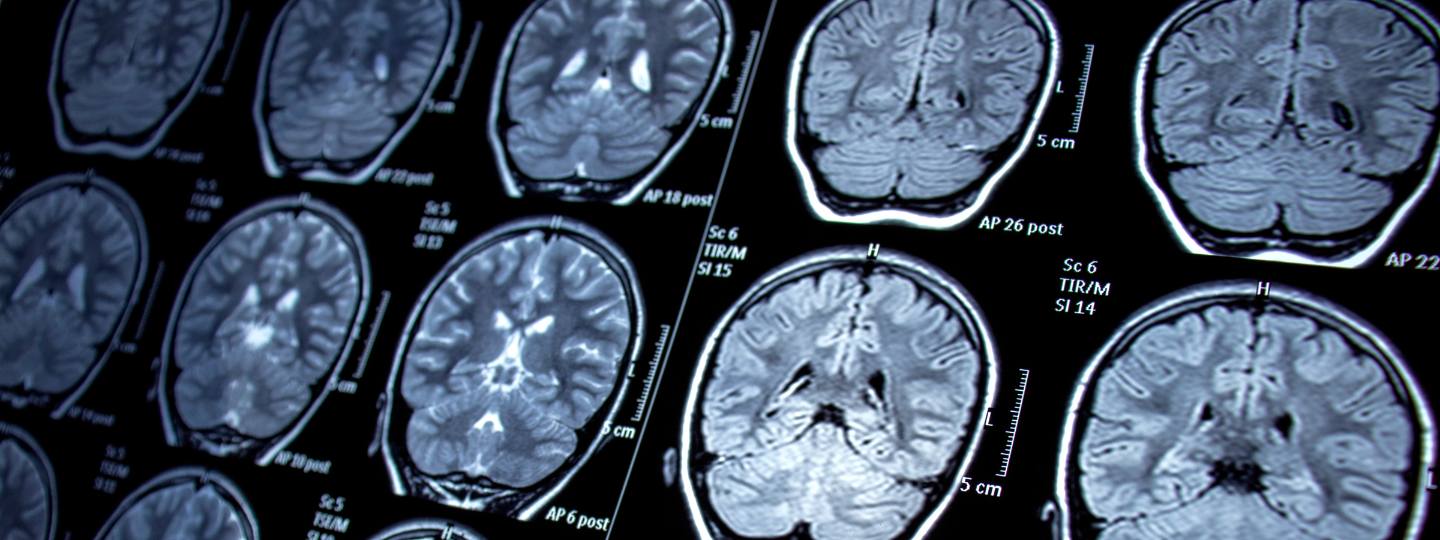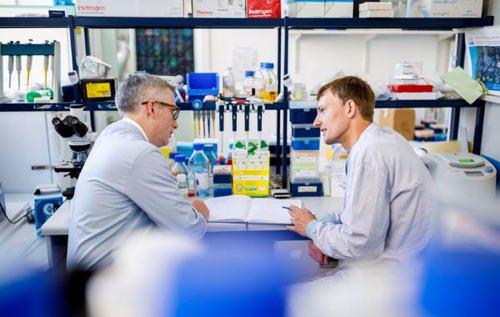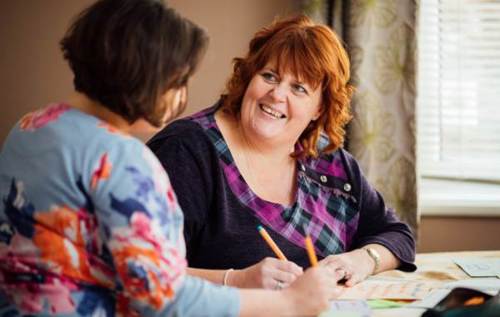MRI scans are helping us understand how exercise and talking therapies may improve rheumatoid arthritis fatigue
13 March 2024
Our researchers have identified connections in the brain that might explain how physical activity and talking therapies could help fatigue.
What is fatigue?
It’s normal to feel a bit tired after a busy workday or a poor night’s sleep. But living with fatigue is different.
Fatigue is extreme, sometimes overwhelming, physical and mental tiredness, that doesn’t significantly improve with sleep or rest.
Nikki, 27, lives with spondyloarthritis and knows firsthand how fatigue can get in the way of day-to-day life.
“Tasks such as walking up the stairs or cooking a simple meal left me feeling extremely tired and virtually collapsing on the sofa in the evening,” she says.
Fatigue is a common symptom of arthritis. In fact, we know that a staggering 80% of people living with inflammatory arthritis experience fatigue. And over two-thirds (70%) of people said that fatigue affected them just as much as pain.
Learn more about managing fatigueWhat did the LIFT study discover?
We recently funded a study called LIFT, where our researchers discovered that physical activity and talking therapies can improve fatigue for people living with inflammatory arthritis.
Inflammatory arthritis includes conditions such as rheumatoid arthritis, psoriatic arthritis and axial spondyloarthritis.
In these conditions, the immune system (which is the body's natural defence system) is out of balance and can attack your joints, spine, and sometimes other organs too.
Using MRI scans to better understand fatigue

We know that physical activity and talking therapies can help fatigue if you live with inflammatory arthritis.
But why? And why do people living with arthritis experience fatigue differently?
It might be down to how certain parts of the brain are connected to each other.
To find out more, our researchers used multiple types of MRI (Magnetic Resonance Imaging) scans to investigate how physical activity and cognitive behavioural therapy (CBT) may improve fatigue.
An MRI scan is when pictures of different parts of your body are produced using strong magnetic fields and radio waves.
“Despite years of research, the underlying cause of fatigue remain poorly understood,” explains Professor Neil Basu, Professor of Musculoskeletal Medicine and Vasculitis.
“Without such knowledge, it will be challenging to develop new, and much needed, therapies for this common patient priority.
“This study is one of the largest to ever study the role of the brain in processing fatigue.”
What happened during the trial?
90 people living with who participated in the original LIFT clinical trial volunteered to have brain scans in a follow up study, jointly funded by the Chief Science Office (CSO).
They received their usual care or had physical activity or CBT programmes lasting six months.
They had MRI scans of their brain before the programmes, and then six months later to see if it resulted in any changes in their brain activity.
“The precise brain locations which underlie fatigue are unknown,” says Professor Neil Basu.
“Given the complexity of this problem, there will unlikely be a single culprit region but rather a network of regions or pathways which communicate closely with each other to drive fatigue.
“Once these pathways have been identified, they can then be targeted in order to treat the symptom.”
What is Cognitive Behavioural Therapy (CBT)?

Cognitive Behavioural Therapy (CBT) is a type of talking therapy where you talk to a trained professional about what you’re going through.
It’s based on the idea that our thoughts, feelings, and behaviours are all interconnected. So, changing thought patterns can change how we feel and behave.
It’s mainly used to treat anxiety and depression, but it can also be helpful for people living with other mental and physical health problems.
What did the MRI scans tell researchers about fatigue?
Different parts of our brain work together using pathways. This allows them to share information, so we can think, move, and feel in a coordinated way.
Our researchers discovered that when fatigue was reduced through physical activity and talking therapies, some pathways of the brain are more active.
The researchers showed in these circumstances, there is stronger activity between the area of the brain associated with attention span to areas of the brain associated with emotion, behaviour and some movement functions.
Learn more about our incredible researchWhy does this matter to people living with arthritis?
It’s hoped that these findings will help us inch closer to a treatment for fatigue in the future.
Because, if we know which areas of the brain are active when reducing fatigue, researchers might be able to replicate these brain activity changes with simpler, but more effective, techniques.
For example, we may be able to replicate this through devices that produce magnetic fields from low levels of electricity.
The areas of the brain that are active when we’re fatigued are also involved in pain. So, by targeting fatigue we could also help to reduce pain.
“We would now like to target the identified brain pathways employing safe, non-invasive, brain stimulation devices with a view to alleviating the symptoms of fatigue in people living with inflammatory arthritis,” says Professor Neil Basu.
Learn more about our fatigue research